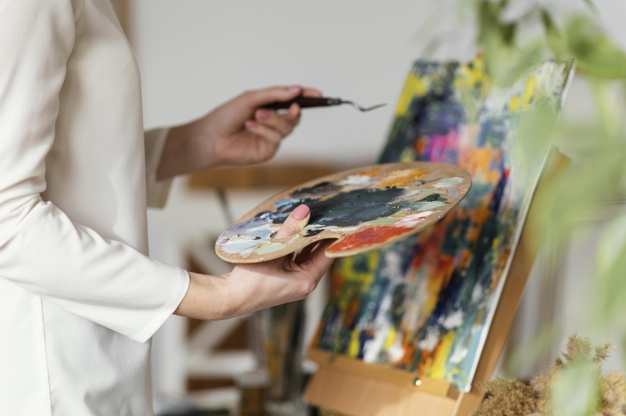
There is a myriad of amazing and diverse forms of art. People have been using different concepts, techniques, and materials for creating artworks throughout history. Although artists and technologies have changed over time, the main features of art have stayed the same. Whether you are developing your own artistic style, starting an art career, or choosing an art school, in this guide, you will find the main forms of artistic expression, which will help you understand the overall role of arts in our lives.
A quick guide to the different forms of art
1. Painting
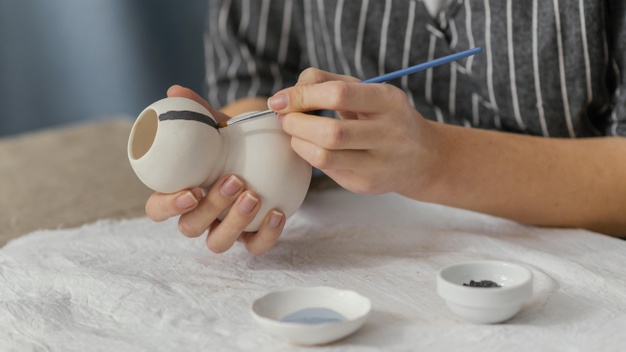
The history of our artistic society is impossible without paintings. The first paintings were cave paintings. They appeared more than 40,000 years ago, at a time when there were no specialized stores to buy supplies, and pigments for painting were made from different types of natural materials, such as charcoal, dirt, animal fat, ochre, etc. Many things have changed since then, and paintings have developed into a mainstay of artistic culture. Today, there is a wide variety of painting tools, styles, techniques, and mediums to choose from. Below are just some of them for your consideration.
Tempera was invented in the 12th – early 13th century. It is a permanent, fast-drying type of paint consisting of colored pigments mixed with cohesive materials like egg yolk, which gives it a long-lasting effect. According to the online gallery Russian Icon Collection, traditional egg tempera (a mixture of egg emulsion and dry pigments) was and still is, mostly used for painting religious icons. This medium allows believers to enjoy Christian religious images of holy figures and events from sacred texts for a much longer time.
Oil paints are a traditional art medium that appeared in the 15th century in Europe. Oil paints dry slowly because they contain linseed oil. However, the prolonged drying time gives artists the opportunity to change some segments of their work if needed.
Acrylic paints are opposite to oil paints in terms of drying times. Not only do they dry much quicker, but they are also water-resistant. Thus, an artist can add layers or textures to their work, giving it depth and enhancing glossiness.
Watercolor paints are loved by many artists because of their seemingly endless color palette. Although it is difficult to change the result once you apply watercolors on paper, this medium can add a translucent quality to any painting.
Charcoal is one of the oldest mediums used in painting and drawing. Artists love it for its ability to make both light pale lines and strong and expressive ones. However, to ensure the work’s longevity, you should better apply some fixatives on charcoal drawings.
2. Sculpture
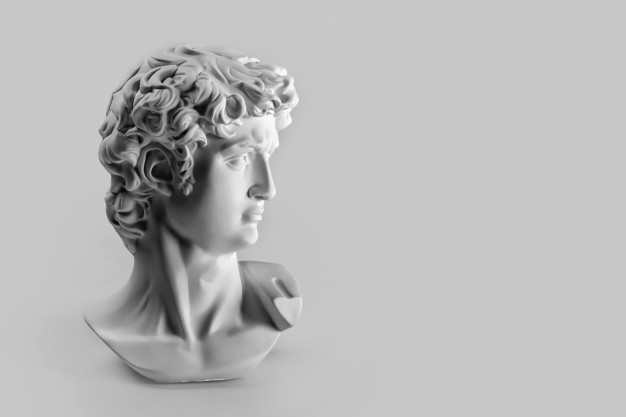
The oldest known sculpture is dated to over 30,000 years old. It is interesting that the first sculptures were more a source of utility than a form of art. With the discovery of fire, it became a lot easier to use clay, which gave early artists more opportunities to create. Over time, artists started to use wood, bronze, marble, stone, and other materials and eventually made sculpture a significant part of our history and a popular art form that is admired by many.
3. Literature

People have been using the power of words for thousands of years. Today, “literature” means a wide range of written works, such as biographies, non-fiction, essays, drama, poetry, satires, fiction, etc. It can be classified according to a variety of criteria, including historical period, language, genre, national origin, and subject matter. With the rise in technology, literature continues to expand as a way of sharing various opinions, knowledge, and thoughts in the modern world, playing a very important role in our lives.
4. Architecture

Architecture is another beautiful art form that changes with time, technologies, styles, and cultural adaptations, reflecting how individuals present themselves across the earth’s landscape. Architecture can be dated back to the point when man first created a shelter that was just several palm leaves and sticks. It was an early representation of people’s desire to build something meaningful. Even now, when some buildings are far from beautiful, there are many outstanding examples of architecture, which can be easily called masterpieces. Talented architects continue to make beneficial changes to the look of our environment using contemporary designs, innovative approaches, and modern technologies every day.
5. Cinema
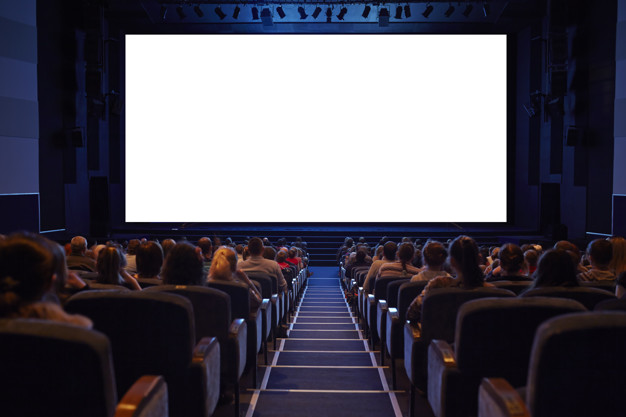
Through the form of a kinetoscope, the first-ever movie made its debut in the world in 1891. Cinematic production is a long process that requires animation, screenwriting, directing, special effects, costumes, makeup, etc. An average 125-minute film takes several years to be made. Think of this the next time you go to the movies. Much like a great sculpture or painting, a good movie tells different stories to each viewer. We choose our favorite movies because of the plot that is close to our hearts in one way or another.
6. Theater
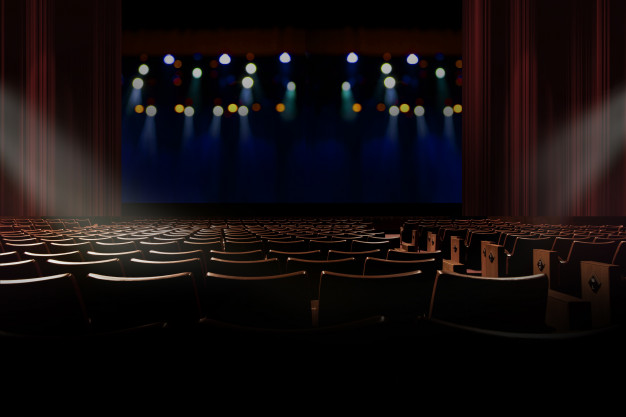
The theater has always been a popular form of entertainment and social gatherings. Our ancestors started acting to entertain themselves many years ago. The earliest performances, as we know them today, date back to Ancient Greece in the 6th century BC. Like cinema, theater relies on several art forms and a team of people producing the show (e.g., playwrights, performance artists, costume makers, designers, etc.). Besides, the theater is not limited to acting only; it also embraces dancing and music.
7. Music
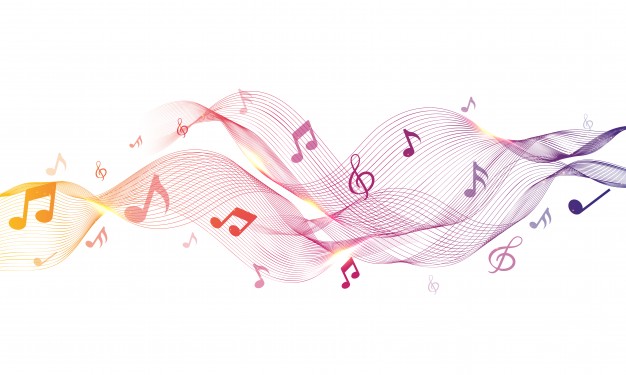
Along with many other art forms, music was part of our ancestors’ lives and their way of entertaining. In fact, vocal sounds affected our survival and communication far before the development of speech. Our ancestors made instruments from stones, bones, and other natural materials. After the development of civilization, music also became part of religious ceremonies. In the 20th century, music expanded in both secular and religious contexts. Today, it is meant to be a window into the culture of society and the world we live in.
Now you know more about different forms of art. Whatever you choose for yourself, it is important to remember that each of them is incredibly important to the human soul and our society overall.








